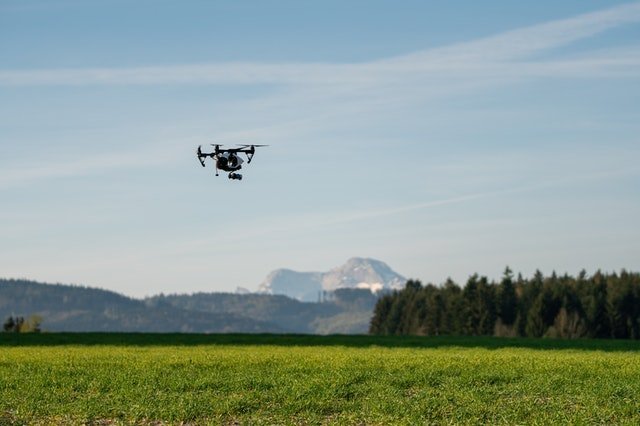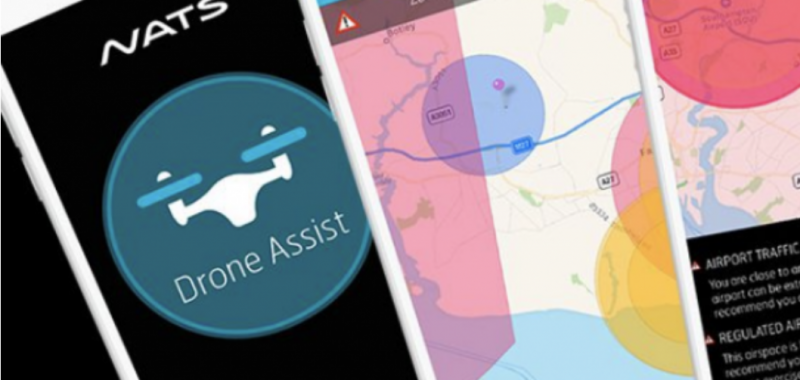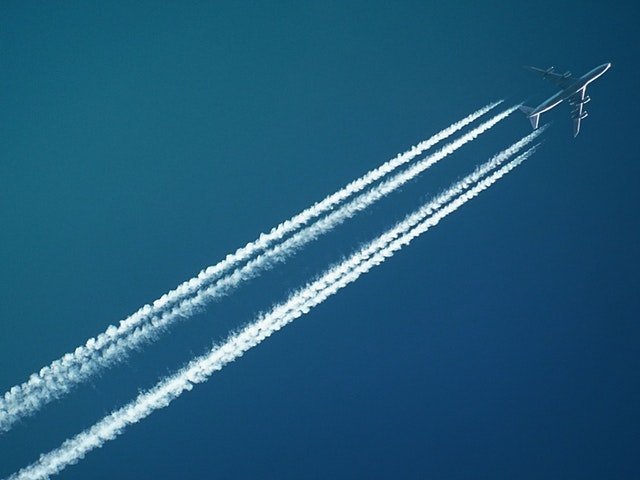- Details
- Hits: 1938

This might seem a little strange for a blog post but there is a question that I have probably been asked more times than I remember by beginners. And I guess it is a very fair question of the best places to fly my drone in the UK?. We have particularly quite tight rules of where you can and can't fly your drone, here in the UK so let's start off by downloading an app called drone assist. It's produced by NATS (National Air Traffic Services) so it is pretty accurate. It will tell you exactly where you can't fly.
 So now that you know where you can't fly, you need to know where you can fly your drone. So again, back to where you can't fly. You need to be 50 metres away from anything or anyone that is outside of your direct control. Translated that means anyone that is not there flying with you or that you don't have the permission to fly close to. Next, you need to be at least 150 metres away from any kind of built up area. For the sake of clarity this means that you need to remain 150 metres from a cluster of buildings, houses which include villages and towns. There is an exception to this rule. And that is if you have a drone licence which is called a permission. (currently known as a PFCO - also known as a PIFCO because some people and I in there to make it sound like a word! :-) It stands for Permission for Commercial Operation which I can confirm makes absolutely no sense at all! Interestingly enough we are known as 'Remote Pilots', not drone operators! So next time you are on board that doomed flight on a passenger jet and the crew ask if there are any pilots on board, officially you can say yes, I'm a remote pilot but unofficially I think there are better qualified people to try and save 180 lives than yourself! :-)
So now that you know where you can't fly, you need to know where you can fly your drone. So again, back to where you can't fly. You need to be 50 metres away from anything or anyone that is outside of your direct control. Translated that means anyone that is not there flying with you or that you don't have the permission to fly close to. Next, you need to be at least 150 metres away from any kind of built up area. For the sake of clarity this means that you need to remain 150 metres from a cluster of buildings, houses which include villages and towns. There is an exception to this rule. And that is if you have a drone licence which is called a permission. (currently known as a PFCO - also known as a PIFCO because some people and I in there to make it sound like a word! :-) It stands for Permission for Commercial Operation which I can confirm makes absolutely no sense at all! Interestingly enough we are known as 'Remote Pilots', not drone operators! So next time you are on board that doomed flight on a passenger jet and the crew ask if there are any pilots on board, officially you can say yes, I'm a remote pilot but unofficially I think there are better qualified people to try and save 180 lives than yourself! :-)
So finally to answer the actual question as I have just realised that I sound like a politician here. Where can I fly my drone safely? do a google search for BMFA flying clubs local to 'me' and drop them a line, go and see them and have a chat. Most clubs charge around £50 a year and offer you unlimited flying from their club which you know will be as safe as you can get. They'll give you support and encouragement throughout. Alternatively, as a nice local farmer of he minds... Most don't mind but do ask before you fly.
- Details
- Hits: 1983
Every person that flies a drone that is flown in the UK now needs to be registered with the CAA and you need to display a registration number on each drone that you have. This is called an operator ID. Just to add a little confusion in to the mix, if you are not a 'licence holder' (aka pfco) aaka - Permission for Commercial Operations then you'll need to obtain a flyer ID too. This is an on line multiple choice test with fairly basic questions that takes around 20 minutes to complete. If you fail it then you can straight back to it and fill in the missing correct answers that they give you. This is a little comical as basically it guarantees you to pass in 25 minutes (allowing for five extra minutes to get the answers you got wrong right that they tell you). It's not really an ideal test but the idea is good. I'm going to outline in another blog article of the key points to remember with a sample on line test that is based on the CAA's own test.
So if you don't have a PFCO then you'll need a flyer ID and an operators ID. If you do have one then you'll need just an operators ID. Here is the link below to register :
Here is how it works. Enter your email address and they'll send you a link. Click the link and take the test and then register for a flyers ID for £9 (price in Oct 19).
Please don't be mistaken though. A flyesr ID isn't a commercial license and doesn't give you any more rights to fly than you had before.

